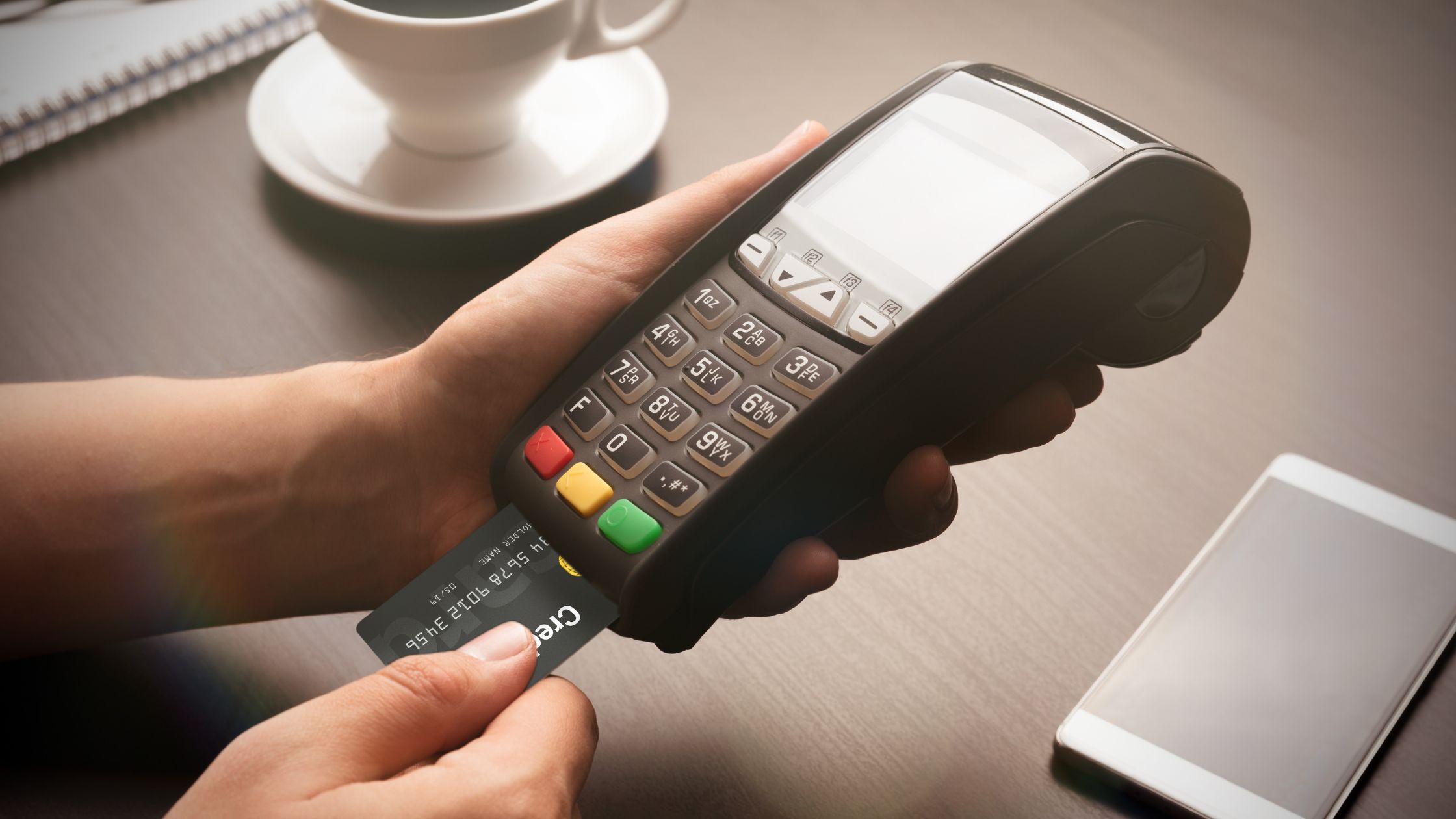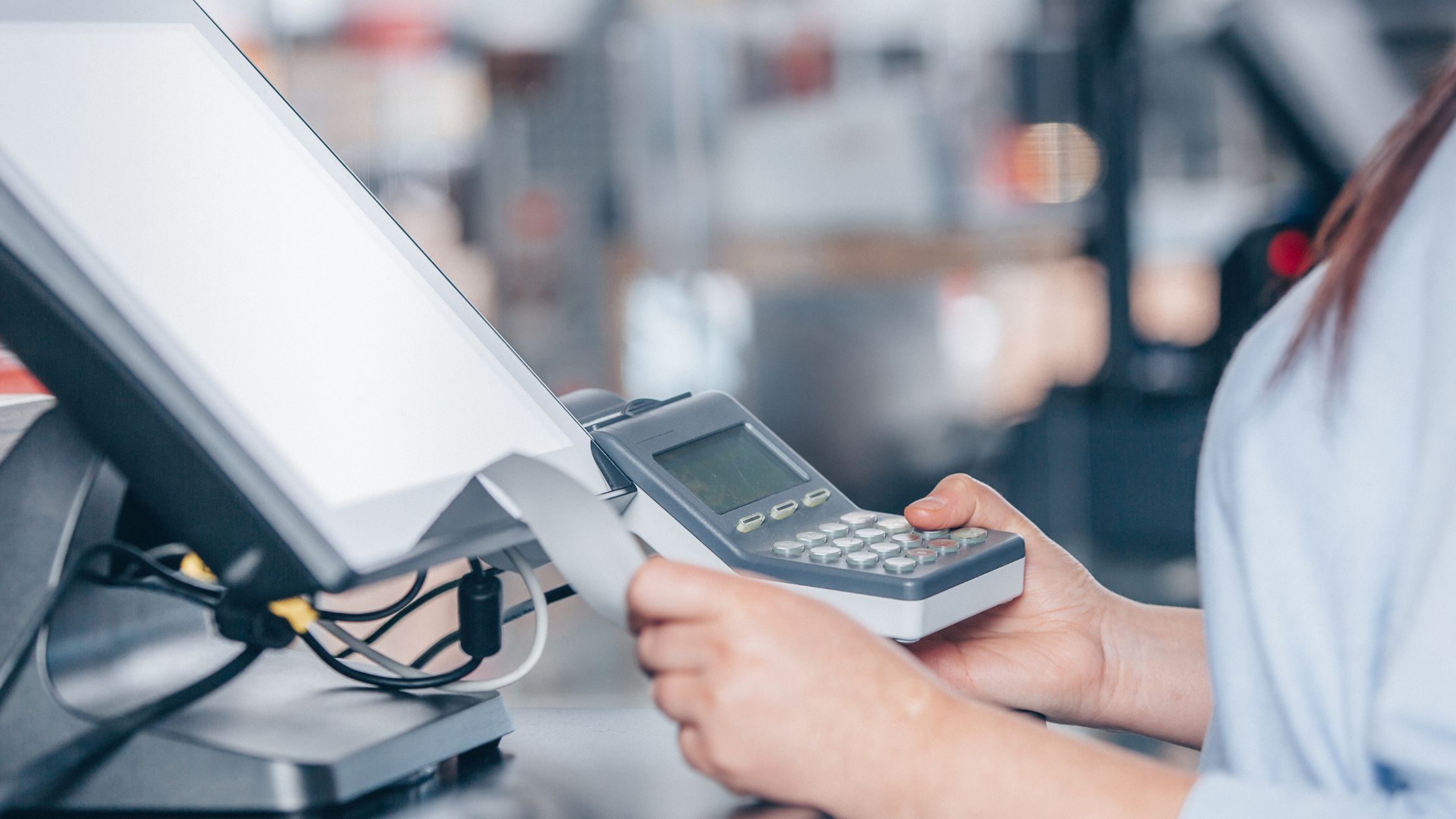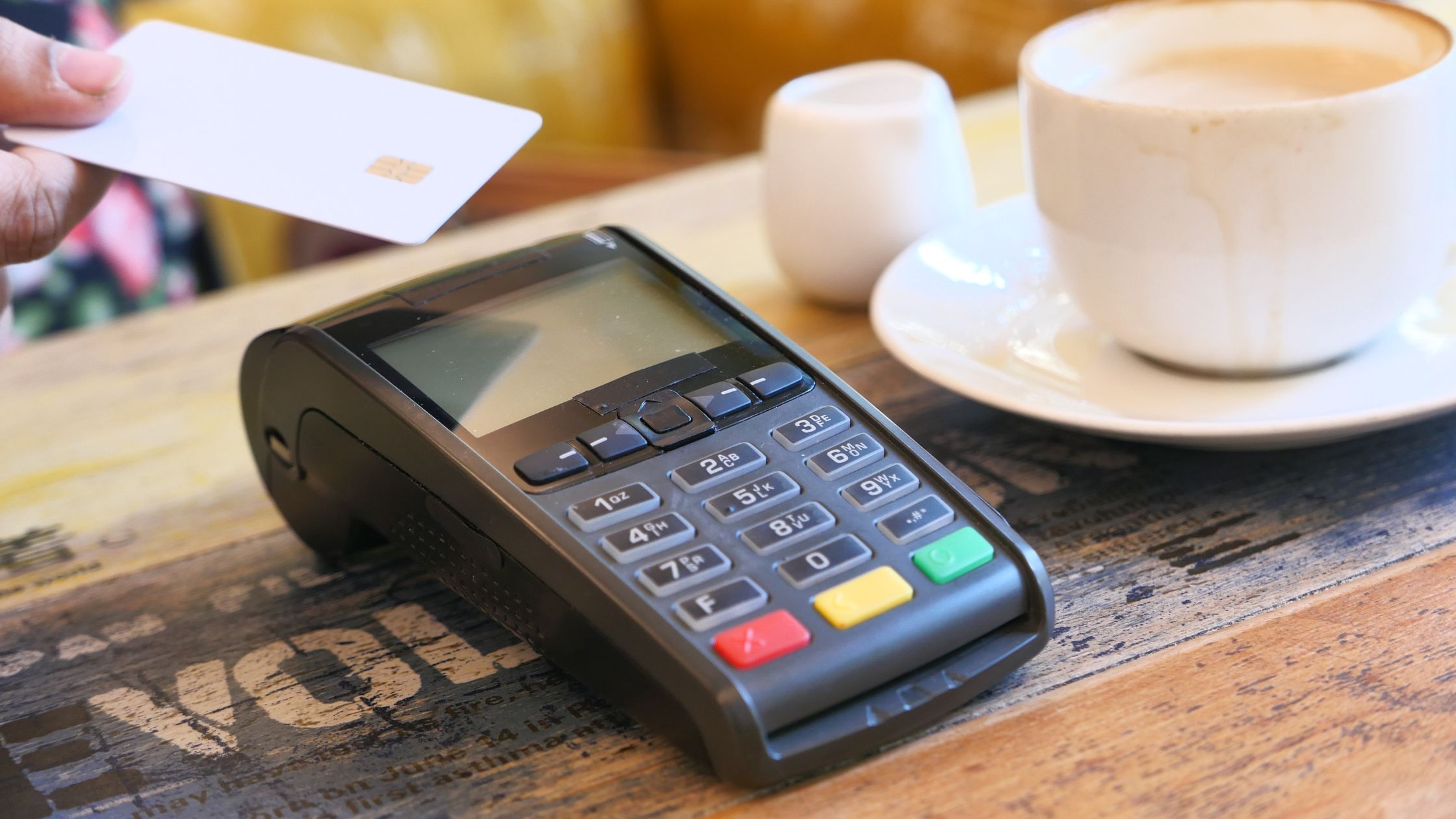Running a restaurant today means working fast, staying reliable, and keeping service smooth at all times. But when the internet goes down, orders get stuck, payments slow, and both staff and customers feel the pressure. An Offline restaurant POS solves this problem by keeping your restaurant up and running even without an internet connection. Since it stores and processes data locally, it ensures that every order and payment flows without interruption, no matter the network condition.
In this guide, we’ll look at why an offline restaurant point of sale is essential, the key features you should expect and the best ways to set it up.

Table of Contents
- Why an Offline restaurant POS Matters
- Key Advantages of an Offline restaurant POS
- Essential Features to Look For
- Best Practices for Deploying an Offline restaurant POS
- How Floreant POS Excels as an Offline restaurant POS system
- Conclusion
1. Why an Offline restaurant POS Matters
Restaurants operate in high-pressure environments. When internet access fails, cloud-based systems can stall order entry, payment processing, and kitchen communication. In contrast, an offline restaurant point of sale continues functioning smoothly, because it runs locally rather than depending on external servers. Moreover, by staying operational during network outages, it protects revenue and preserves a positive guest experience.
Additionally, offline systems often respond faster, since they avoid network delays. They also sharpen control over data privacy by storing information within the business, rather than in remote data centers. Consequently, investing in an offline restaurant point of sale becomes a smart choice for restaurants that value reliability, speed, and autonomy. Learn more about Offline Restaurant POS System.
2. Key Advantages of an Offline restaurant POS
To understand why restaurants prefer this solution, consider these benefits:
- Uninterrupted operations during internet disruptions: Staff continue taking orders, printing tickets, and processing payments without any pause.
- Faster performance: Local data processing eliminates latency, so the system responds instantly.
- Enhanced security and privacy: You keep sensitive data on-site, free from cloud-based vulnerabilities.
- Greater independence: Offline systems often use flexible, open-source models, eliminating dependency on vendor subscriptions or availability.
3. Essential Features to Look For
When choosing an offline restaurant point of sale, ensure it offers at least the following:
- Local database storage – Store all data directly on the system, either with an embedded or server-based setup, so everything keeps working even without the internet.
- Multi-terminal support – Connect multiple devices across LAN or Wi-Fi, making it easier to run several stations at once.
- Menu management – Customize menus with modifiers, combos, and special pricing to fit your restaurant’s unique offerings.
- Flexible order modes – Handle dine-in, take-out, delivery, or even bar tabs with ease.
- Seamless hardware integration – Connect kitchen printers, display screens, cash drawers, and barcode scanners for smooth day-to-day operations.
- User roles and access control – Assign permissions for managers, admins, and staff to maintain secure workflows.
- Detailed reporting – Track sales, shifts, tips, staff productivity, and hourly performance with clear, actionable reports.
- Simple installation and portability – Get started quickly with an easy ZIP file or standalone package installation.
- Expandable with plugins – Add more functionality such as inventory tracking, floor plans, or delivery management as your business grows.

4. Best Practices for Deploying an Offline restaurant POS
You can deploy an Offline restaurant POS efficiently by following these steps:
A. Install the software: Ideally, the POS should start via a simple ZIP or executable file—no complex installers.
B. Set up your database: Start with an embedded local database for single-terminal setups, and use a server database if you expand to multiple terminals.
C. Connect hardware: Link printers, cash drawers, kitchen displays, and terminals over LAN or USB for reliable performance.
D. Configure your menu: Add categories, modifiers, combos, and cooking instructions to reflect your offerings accurately.
E. Define user roles: Allow managers to configure back-office settings, while front-end staff handle daily operations.
F. Train your team: The interface should be intuitive so staff can learn quickly and operate seamlessly.
G. Monitor reports: Use built-in analytics to track sales, tips, staff activity, and other performance metrics.
By following these practices, you ensure your Offline restaurant POS runs reliably and supports your daily workflow effectively.
5. How Floreant POS Excels as an Offline restaurant POS system
Floreant POS stands out among offline restaurant point of sale for several reasons:
- It operates fully offline using an embedded database, and it works smoothly even on tablets or remote setups
- It installs rapidly—often within 90 seconds—via an unzippable ZIP file; setup includes auto configured database and admin access
- It runs on multiple platforms—Windows, Mac, Linux, and even Raspberry Pi—making it widely compatible
- This includes restaurant-specific features: table service with split checks, tipping, kitchen printing and displays, modifiers, bar tabs, and back-office management
- It delivers advanced reports, including sales summaries, productivity and shift insights, tips, and payment analysis
- It offers modularity through plugins like inventory, floor planning, and home delivery for expanded control.
Therefore, Floreant POS proves itself as a mature, flexible, and reliable Offline restaurant POS for varied restaurant environments.

6. Conclusion
An Offline restaurant POS gives restaurants the reliability they need, along with faster performance and complete independence from internet issues. It keeps orders flowing, payments secure, and reports accurate—even when connectivity goes down.
Floreant POS stands out as a strong option in this space. With quick installation, cross-platform support, restaurant-specific tools, flexible plugins, and powerful reporting, it offers everything a modern restaurant requires to operate smoothly.
This article mainly focused on sharing useful insights, but it’s also important to highlight a solution you can actually trust. To learn more, visit Floreant POS here: Floreant POS







